
Georgian tax model – benefits for local and international businesses
According to the Doing Business Report commissioned by the World Bank,Georgia ranks 9th in the world in 2018 by ease of doing business. Moreover,…
Read More
According to the Doing Business Report commissioned by the World Bank,Georgia ranks 9th in the world in 2018 by ease of doing business. Moreover,…
Read More
Construction & Building is the global business of creating physical infrastructure such as residential buildings, highways, bridges, factories, airports and power plants. Normally the…
Read More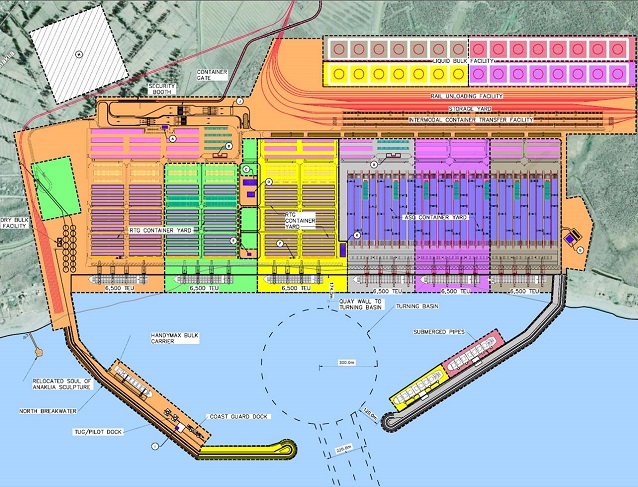
The Port of Anaklia is located on the shortest route from China to Europe, a route that has become a major focal point of Chinese…
Read More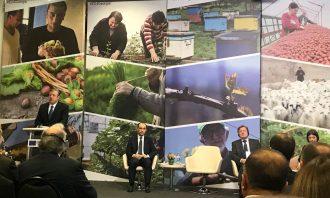
An estimated 250,000 rural Georgians benefited from current support, EU announces third phase of assistance worth 230 million GEL 13, December 2017, Tbilisi –…
Read More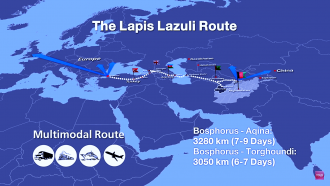
On November 15, after three years of technical talks, during the 7th Regional Economic Cooperation Conference on Afghanistan (RECCA-VII) in Ashgabat, Turkmenistan was signed…
Read More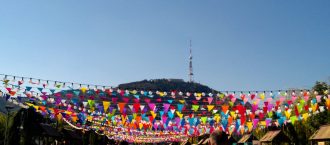
According to the latest report of the Georgian National Tourism Administration, in January – October, 2017 the number of international arrivals in Georgia reached…
Read More
Georgia is continuing to upgrade and modernize its main transport arteries in a bid to ensure roads meet international standards. Several projects will be…
Read More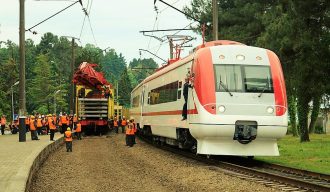
On October 30, 2017, the ceremony on departure of the Baku-Tbilisi-Kars (BTK) railway line’s first train from New Baku International Sea Port will be…
Read More
Two new airlines, Oman’s Salam Air and Romanian Blue Air Airline will launch direct flights to Georgia in 2018. Romanian company Blue Air Airline…
Read More
Agriculture has both big economic and social functions in Georgia. The sector employs more than half of the country’s work force and for many…
Read More